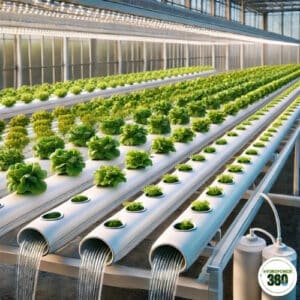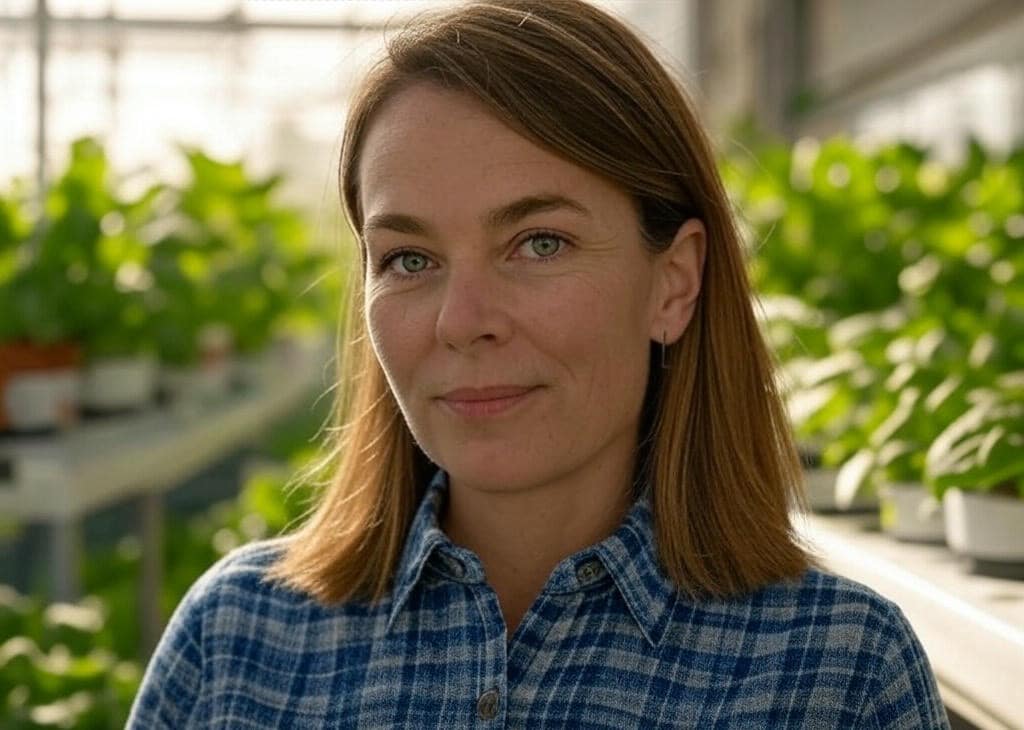Modern Ebb and Flow Hydroponics
Table Of Content
Hydroponic cultivation, the ebb and flow hydroponics system often called flood and drain, shines for its symbiosis of simplicity and effectiveness. In contrast to more complex, deeper water culture or nutrient film techniques, it emulates nature, dispensing nutrients in waves, but then creating space for breathing through the roots. It’s a smart, closed system that’s now the norm for greenhouses and enthusiast closets.
Ebb and flow hydroponics essentially uses timed intervals to fill a grow tray with nutrient solution from a reservoir below. The tray drains back into the reservoir after a predetermined amount of time, pulling oxygen down to the ebb cycle’s roots.
The flood, then drain, cycle does more than water and nourishes the crops, though. It supplies healthy root growth through oxygenation. The system consists of a submersible pump, a timer, and a growing tray full of inert media like expanded clay, rockwool, or perlite.

Why Ebb and Flow Wins the Long Game
The grower’s go-to choice for one reason alone: control. You have total control over how often and for how long your plants receive the nutrients through the proper system. Strict control takes away the elements of guesswork and environmental overcorrection and constant watering. Your roots are always moist but never waterlogged and are constantly being oxygenated, a situation that’s difficult to obtain in the world of hydro.
Another advantage is the system’s flexibility. Whether you’re cultivating leafy greens, strawberries, peppers, or small fruiting varieties, ebb and flow can accommodate it. Want to transition to larger-scale production for commercial purposes? You can simply add trays.
Want one for home use? A single tray and a light source can produce equally well. It’s also one of the most water-effective systems, recycling the same solution over and over, ideal for operations centered on sustainability.
Designing the Ideal Ebb and Flow System
A lab environment isn’t necessary to set up your first ebb and flow hydroponics system. A reservoir for your solution, a grow tray above it, and a reliable solid submersible pump and timer are all you need. The tray floods on a timer, and gravity does the draining for you.
Clay pebbles are a top choice for drainage and aeration but can be replaced by perlite blends and coco coir if you adjust the flood cycle accordingly. All factors are contingent on your medium choice, how quickly your roots dry, how much oxygen reaches them, and when your timer will turn on the pump. What feels like a mundane little decision is mission-critical when you’re running.
The Power Behind the Pulse
Its single biggest benefit is the rhythmic nature of this system. Since the nutrients get absorbed into the soil by every flooding cycle, when the water recedes, new oxygen gets drawn into the root zone. This approach enhances nutrient uptake, accelerates the metabolism, and eliminates the anaerobic condition that can affect other systems.
The higher rate of growth you’ll usually notice using ebb and flow hydroponics, when compared to more stagnant systems like Kratky or DWC, is because you’re giving your plants complete availability and gas exchange that water-saturated systems can’t always provide. It’s a natural process plants adore.
What You Should Keep an Eye On
For every system, there’s an Achilles heel, and ebb and flow hydroponics is no different. The timing must be perfect. Too long between floods, and the roots dry out, especially for media like rockwool or perlite. Too frequently, and you risk over-saturation, burning, or rotting roots if drains are inadequate.
Algae also pose a problem if light reaches the rooting zone or the nutrient solution. Trays are cleaned regularly, and reservoirs are lightproofed to prevent clogging. And let’s not forget the mechanical function; if the pump fails or the timer goes kaput, your plants don’t wait for you. Redundancy systems or regular manual checks prevent entire harvests from being lost.
Salt buildup is a stealthy risk. Even when recycling the water, there is nowhere for nutrients to go but accumulate. Weekly flushing using fresh water will prevent toxicity and regulate pH and EC to an equal level.
Indoor or Outdoor? Know the Battlefield
While ebb and flow hydroponics thrives indoors due to light and temperature control, it can be adapted for outdoor use. It’s less accommodating, however, outdoors due to weather uncertainty.
A rain shower, sun evaporation, or a change in temperature can disturb your water routine or your balance of nutrients. Should you venture outdoors, include shaded, semi-enclosed systems and weather-resistant or solar-powered timers and pumps.
Inside, you have complete control. You can control your light, your airflow, and your humidity. The flood and drain cycle is consistent, and you know it.
Choosing the Correct Medium for the Job
Hydro medium is your root zone, not a support system. Expanded clay pebbles are still the best option for ebb and flow systems. They hold the perfect amount between floods and release it rapidly, achieving an optimum wet-dry cycle for the roots. Perlite and vermiculite blends work but dry out too quickly or float off during floods when handled badly.
Stay away from soil-like media. You’re not trying to mimic soil; you’re designing root functions.
Don’t Let the Pests Disrupt Your Flow
Even in a sterile hydroponic system, pests manage to find their way in. The warm, nutrient-rich conditions in ebb and flow systems can be a haven for fungus gnats, root aphids, and even insects that love algae. Spider mites are another unwanted visitor, particularly in cramped indoor areas.
Prevention is better than cure. Sticky traps, nematodes, and keeping soil under control deter numbers. If it gets out of hand, use sparingly hydro-safe treatments like neem oil but be certain you first test them for interaction effects on your nutrients and mediums. Chemical reservoir contamination will kill more than a few plants.
FAQs
How often should I flood the tray in an ebb and flow system?
It depends on your media and environment, but a general rule is 3–6 floods per day. Drier climates or faster-draining media may require more frequent cycles.
Can ebb and flow support heavy feeders like tomatoes?
Absolutely. Just ensure the media retains enough moisture between floods and adjust your nutrient mix for flowering or fruiting stages.
Is ebb and flow hydroponics beginner-friendly?
Yes, if you’re ready to monitor and tweak. The system is forgiving but relies on proper timing and observation. It’s a great way to learn plant behavior in a controlled environment.
Table Of Content
